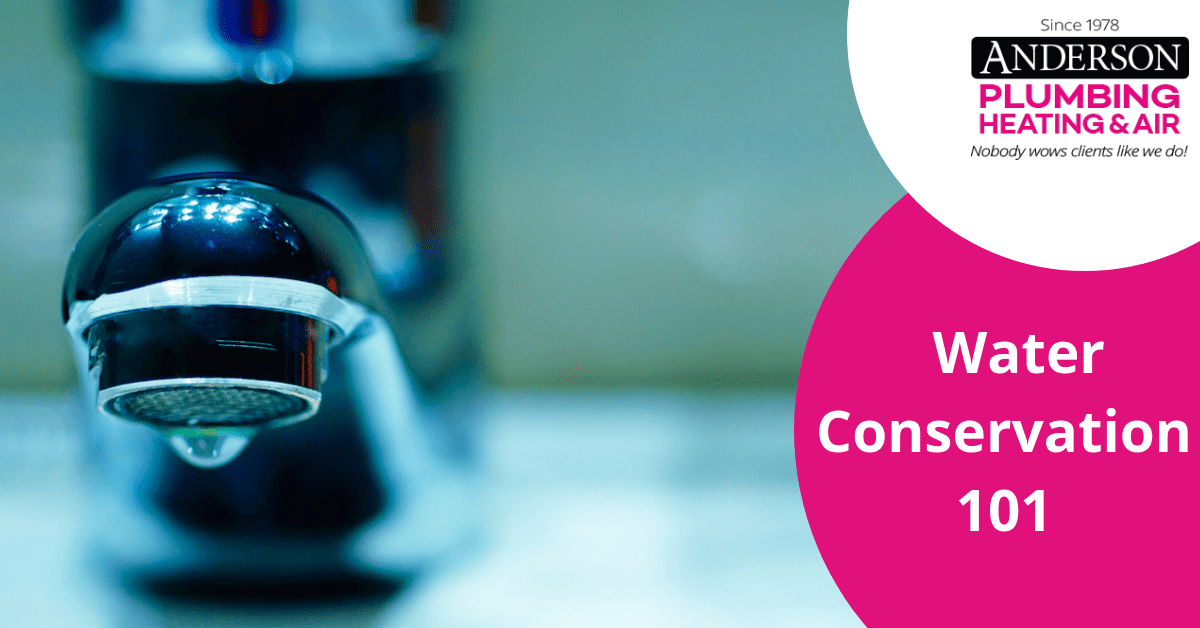
Many homeowners in the San Diego area don’t think too much about the risk of flooding. While it’s true that we enjoy one of the sunniest climates in the United States, sudden rain storms and sewage backups can and do occur. When this happens, homes with basements are at risk of flooding—and all the damage that comes with it. But, did you know you can take precautionary steps to prevent sewage backups and basement flooding? In fact, there are three different approaches you can take to protect your home from flood damage in the event of a large rainstorm, pooled water, or other basement flooding problems.
The first step in preventing basement flooding is determining what type of plumbing arrangement your home already has. The most common arrangement for basement plumbing involves a system of basement drains that are directly connected to sewer pipes that then lead away from the house. This is a common setup for older homes that don’t have sump pumps. In this arrangement, water from basement footing drains and sewage both enter the sanitary sewer. If there is excess water in the footing drains, it can cause basement and/or sewer flooding.
If you’ve already experienced basement flooding or you’d like to take precautionary measures to avoid potentially serious damage to your home, you can invest in a basement plumbing upgrade. These upgrades will help you avoid flooding and damage, and provide you with the peace of mind you need during the next big rainstorm.
Upgrade #1: Install a Sump Pump
The most basic basement plumbing upgrade you can make—and one of the most effective—is having a sump pump installed. In fact, many communities require sump pumps for homes that have basements as they are one of the surest ways to avoid flooding and sewage backups that can prove hazardous.
Sump pumps work by removing excess footing drain water and standing water in your basement and displacing it outside. Water is carried either to the surface of the ground, a storm drain, or nearby ditch, depending on your area and the surface grade around your home. In newer homes, sump pumps most commonly displace water to a storm sewer system. To ensure that your home is completely protected from flooding, it’s also important to disconnect plumbing fixtures and floor drains in the basement from the municipal sewer.
Sump pumps are highly effective and relatively affordable mechanisms that can provide you with truly priceless peace of mind. Typically, this service runs around $1,600, but each home is different and your unique costs may vary. Call us to learn more!
Upgrade #2: Sump Pump & Valve Installation
In certain circumstances, a sump pump along might not be sufficient to stop basement flooding. If this is the case, you might benefit from having a check valve and shut-off valve installed along with a sump pump. These valves offer an extra level of protection by automatically sealing your home’s plumbing when the water level in the municipal sewer becomes too high and threatens to flow back into your basement. Additionally, the shut-off valve can be manually closed should blockages, debris, or other problems prevent the check valve from closing completely, providing you with an extra layer of protection.
During a heavy rainstorm or other times when there’s a potential for flooding, it’s important that you and other residents of your home drastically limit or completely stop using appliances such as the dishwasher, clothes washer, and shower. Sump pumps and valves can typically be installed for a total of about $2,800 but again, all homes are different, and the price of installation may vary depending on unique factors regarding your home.
Upgrade #3: Opt for a Sump Pump & an Ejector Pump
If you want truly unparalleled peace of mind that your basement and home are safe from flooding, having both a sump pump and an ejector pump installed is a fantastic solution. Ejector pumps work to move sewage into the municipal sewer system whether or not flooding has occurred.
If you have an ejector pump installed in your home, you’ll need to be aware that you cannot use any sanitary facilities in the event of a power outage. The cost of installation for both the sump pump and ejector pump will vary, but typically, both can be installed for about $4,400 and up.
Find out more about protecting your home from flooding—call our San Diego plumbers at (866) 374-0402 to discuss sump pump options, installation, and more.